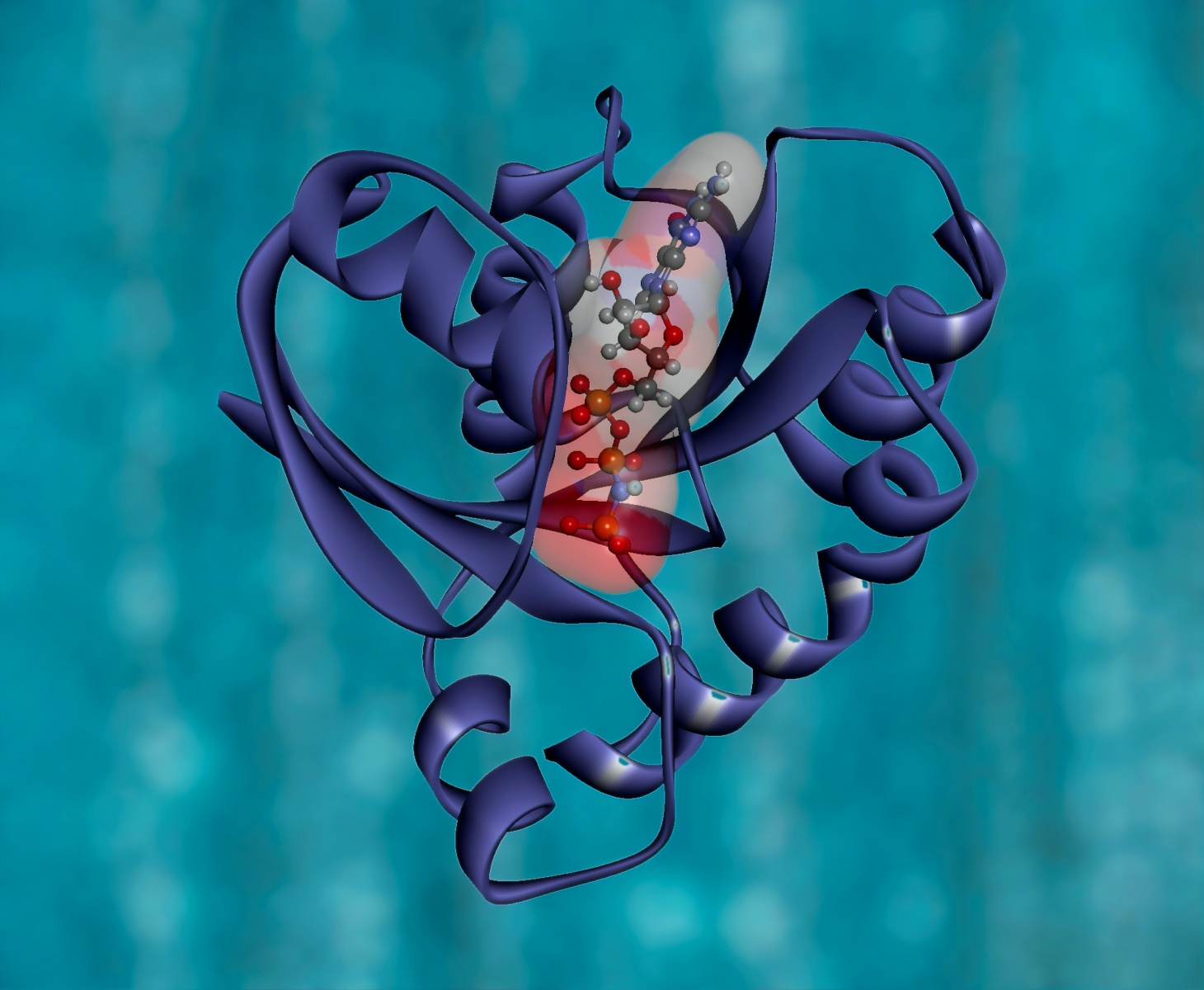Science/Tech
Research Breakthrough: New Understandings of Protein Deposits

(Photo : Unsplash)
For years, the primary mechanisms behind the onset of neurodegenerative diseases like Alzheimer's and Parkinson's have remained a mystery. While new discoveries have revealed that the behavior of proteins within the neural tissue of the brain is associated with disease, much of the actual procedures remain unknown. Additional studies regarding these proteins may be the key to understanding and preventing neurodegenerative disease.
Why Brain Proteins Are So Crucial
Proteins throughout the human body serve a variety of functions, including providing structure to cells, spurring metabolic reactions, and enabling a large list of bodily functions. Since the human brain relays commands and messages within its neural tissues by way of chemical messaging, a number of proteins within the brain are required to produce neurotransmitters. Optimal protein function is one of the keys that enable the brain to perform properly.
Under normal conditions, each protein is able to carry out its function by interacting with other molecules within the cell. However, proteins must exist within their desired, natural state in order to interact properly. When cell conditions, errors within the protein itself, or other factors cause proteins to leave their natural state, the resulting effects on the protein's function can be dangerous.
The Importance of Protein Folding
Composed of long chains of amino acids, proteins achieve their primary structure through bonds and interactions between these individual amino acids. For most, this means protein folding into secondary and tertiary three-dimensional structures, exposing receptor sites and other elements of the protein in order to allow its functions to continue. Denaturation, or the act of a protein leaving its ideal state, alters the very structure of the protein itself.
When denatured, the structure of the protein breaks down and reverts to an unfolded state, affecting its ability to interact correctly with other molecules around it. These ineffective proteins not only cease to perform their innate functions but may also pose other risks to the cell. One negative outcome of multiple unfolded proteins is the aggregation researchers believe to be associated with neurodegenerative diseases like Alzheimer's and Parkinson's.
Research Breakthroughs
Due to what researchers have uncovered about the connections between unfolded or misfolded proteins and neurological conditions, studies surrounding the mechanisms by which proteins denature, unfold, and misfold have become very important. One of the primary studies around these connections involves α-synuclein, a brain protein that has a relatively unstable fold. Because of its instability, α-synuclein has the tendency to unfold and form aggregates that negatively affect brain function. Recently, scientists at the University of Gothenburg and other universities in Basel and Zurich, Switzerland, focused their studies on the auxiliary proteins that surround the protein instead of the protein itself.
These auxiliary proteins act as chaperone proteins, caring for α-synuclein and assisting it in its folding process-and preventing unfolding or misfolding along the way. Scientists manipulated the concentrations of these chaperone proteins and noted that as levels dropped, the tendency of α-synuclein to misfold increased exponentially; similarly, at higher concentrations, α-synuclein remained much more stable.
Future Possibilities
Moving forward, it is clear that more research is needed regarding how chaperone proteins work to prevent protein aggregations. Insight into how disruption of the interactions between α-synuclein and its chaperones affects protein function may lead to crucial missing information about how diseases like Alzheimer's and Parkinson's begin and propagate. More information about these protein-chaperone interactions could result in the development of life-changing therapies for patients with α-synuclein related neurodegenerative diseases.
Sources:
https://www.sciencedaily.com/releases/2019/12/191213115424.htm
https://www.sciencedirect.com/science/article/pii/S1570963919300457
* This is a contributed article and this content does not necessarily represent the views of counselheal.com









Join the Conversation